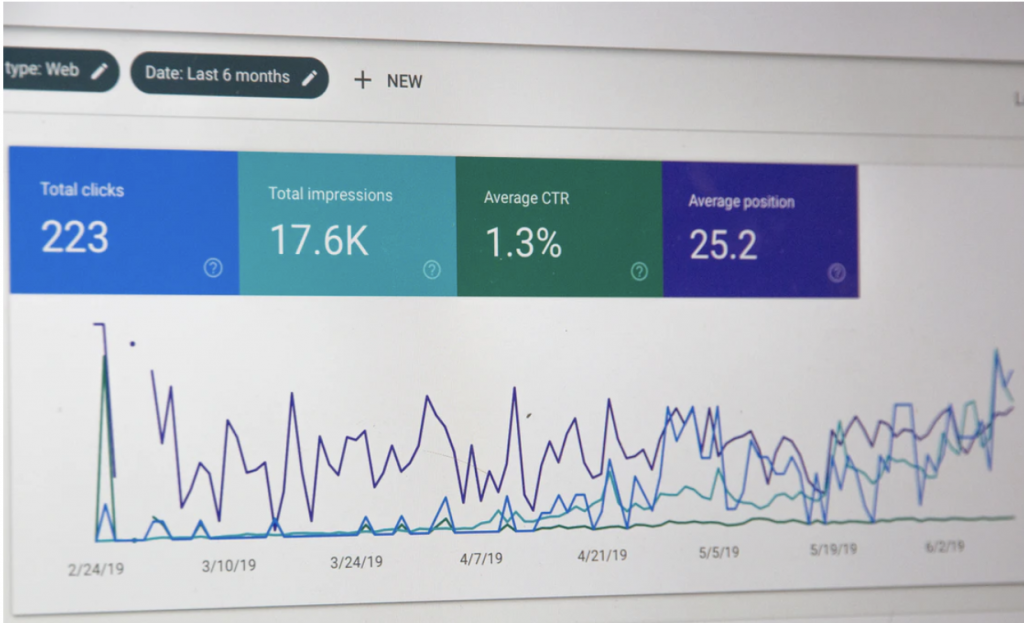The retail landscape has undergone many changes over the last few years. There is a growing number of consumers choosing to purchase online and the number of ecommerce stores are rapidly increasing. Thanks to ongoing digitisation and COVID-19, the growth in ecommerce shopping is not set to slow. In 2019, worldwide ecommerce sales amounted to 3.53 trillion US dollars which is predicted to grow to 6.54 trillion US dollars in 2022.
Apart from people shopping online in an effort to stop the spread of the pandemic, advancements in online marketing techniques which drive customer engagement, increase in internet users and cost effectiveness are all contributing to the growth of ecommerce.
The Immediate Effects of Covid-19 has seen growth in ecommerce shopping
Firstly, it’s important to note that the ongoing growth of the e-commerce sector is by no means limited to an effect of the Covid-19 pandemic. Even before the start of this year, sales had been rising by several billion dollars per annum and were predicted to rise steadily in the future, as shown here.

However, as consumers have been forced to stay at home and find new ways to shop, the e-commerce sector has boomed, with US consumers alone estimated to have spent over $709 billion across 2020. This should perhaps come at no surprise. Many brick-and-mortar businesses have been forced to move their services online, whilst those already operating digitally have pushed the boundaries and capitalised on this upswing. Whilst the pandemic has been devastating for many areas, it has kickstarted a golden age of online retail that cannot be underestimated.
The Ongoing Effects of Covid-19
The recent boom in e-commerce shopping has certainly been a consequence of people staying at home and choosing to shop online due to Covid-19. However, this does not mean that the sector will shrink as soon as life returns to normality. In many ways the ice has been broken: this is the ‘new normal’. The social-distancing measures imposed as a result of the virus are predicted to continue in some form until at least 2022, and this will have a long-term impact on e-commerce moving forward.
Improvements in Targeted Engagement

In the past, doing business online was like throwing a fishing line into the ocean and hoping something swam past. Now, however, developing AI technologies have meant that companies can be far more targeted in their online approaches. SEO campaigns have enabled e-commerce sites to put their ‘shop window’ in front of those who are most likely to need their products. This has driven customer engagement, helping consumers to find what they need more easily, whilst increasing virtual footfall for e-commerce businesses. This trend only looks set to continue as data becomes more widely available, and businesses will be able to target their services more efficiently.
The Uses of Augmented Reality
Even if you don’t immediately recognize it, the chances are that you have used augmented reality. If you have ever used an Instagram or a Snapchat filter, this counts as AR – as do the apps that allow you to upload an image of your face or body and ‘try on’ different hairstyles or outfits. As technology develops, this is a trend that looks set to grow. It bridges the gap between e-commerce and the live shopping experience, allowing consumers to feel more confident in ordering items online that they have never seen in person.
Mobile Phones and Shopping

In the past, online shopping would be completed on desktop computers or through laptops. Now, you can buy anything with a few clicks on your mobile phone. The rise of mobile phone shopping has constituted a large part of the increase in the market overall. The portability of a mobile means that consumers can take a billion ‘shops’ with them everywhere they go, allowing for a more efficient and convenient experience. Companies looking to expand their reach have developed their own apps to allow loyal customers instant access to their stores, and creating websites that respond well to mobile access is fundamental.
Cost-Effective for Businesses
It cannot be overlooked that transferring a live store into an e-commerce experience can be a cost-effective way for businesses to survive the recent uncertainty. Alongside mitigating the effects of Covid-19, e-commerce businesses can save money on renting a shop, whilst also cutting costs on shop-floor staff (though, you may also need to allow for costs associated with extra warehouse maintenance, etc). SEO targets and content marketing tools can also be a cost-effective way to advertise to a specific market, rather than using traditional marketing campaigns that could waste huge amounts of the budget by putting up billboards in the wrong areas. As more people shop online, e-commerce is becoming more and more cost-effective for businesses, meaning that more, in turn, will make this transition.
A Personalised Experience

The personalisation offered by e-commerce can be a huge attraction to many customers. After all, a business is not relying on an employee to remember the names, faces, past orders and preferences of their customers – now, an AI can do this for you. Subscriptions and online reward programs that recognise consumers’ relationship with a brand and promote brand loyalty are a huge draw and can boost revenue by a startling 25%. Increasingly sophisticated chatbots can help the user experience, alongside resolving potential issues, and any level of interactivity is greatly appreciated by customers. Companies that utilise smart online forms to only ask the relevant questions based on previous answers, create a personalised customer experience and ensure customer loyalty by making the user feel valued.
Personalisation is the future of e-commerce, and a driving force in its growth.
Wrapping up
Ecommerce has revolutionised retail and is here to stay. Customisation, personalisation, cheaper advertising and targeted engagement have made online shopping easier for the modern day customer. It’s worth keeping track of ecommerce trends to make sure your business is on top of what is happening in the market so you can mold your business and your growth strategy around exploiting new ideas and opportunities. Keeping an eye on trends allows you to constantly transform your business to stay atop of consumer demands and by doing so, making you more competitive.


